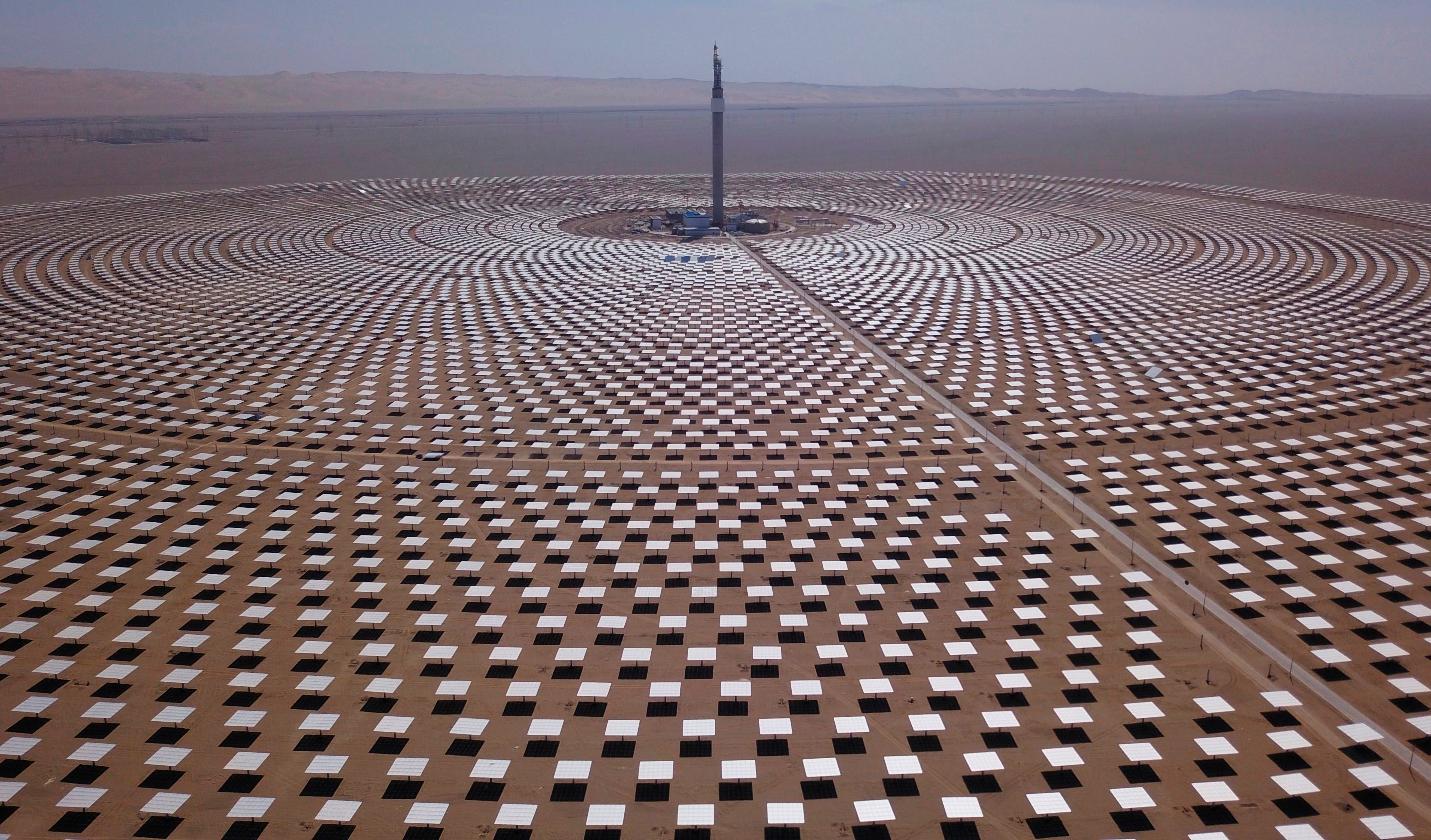The Independent's journalism is supported by our readers. When you purchase through links on our site, we may earn commission.
Solar breakthrough realises potential of ‘miracle material’ forged in Earth’s mantle
Perovskite has been hailed for its unprecedented potential to convert sunlight into electricity
Your support helps us to tell the story
From reproductive rights to climate change to Big Tech, The Independent is on the ground when the story is developing. Whether it's investigating the financials of Elon Musk's pro-Trump PAC or producing our latest documentary, 'The A Word', which shines a light on the American women fighting for reproductive rights, we know how important it is to parse out the facts from the messaging.
At such a critical moment in US history, we need reporters on the ground. Your donation allows us to keep sending journalists to speak to both sides of the story.
The Independent is trusted by Americans across the entire political spectrum. And unlike many other quality news outlets, we choose not to lock Americans out of our reporting and analysis with paywalls. We believe quality journalism should be available to everyone, paid for by those who can afford it.
Your support makes all the difference.Scientists have solved a fundamental problem that had prevented a “miracle material” from being used in next-generation solar cells.
The breakthrough paves the way for the widely acclaimed mineral perovskite to transform the solar industry through cheaper and more efficient photovoltaics, according to researchers in Australia who made the discovery.
Perovskite, which is forged deep within the Earth’s mantle, has been hailed for its unprecedented potential to convert sunlight into electricity. Researchers have already improved its sunlight-to-energy efficiency from around 3 per cent to over 20 per cent in the space of just a few years.
“It’s unbelievable, a miracle material,” Z. Valy Vardeny, a materials science professor from the University of Utah, said about perovskite in 2017.
At the time it was thought that it would be at least 10 years before it reached a point that the material could be used in commercial solar cells, however the latest breakthrough could see the wide uptake of the technology much sooner.
"It was one of those unusual discoveries that you sometimes hear about in science," said Dr Hall from the University of Melbourne.
“We were performing a measurement, looking for something else, and then we came across this process that at the time seemed quite strange. However, we quickly realised it was an important observation.”
With the help of researchers at the University of Sydney, the scientists were able to use computational modelling to solve the problem of instability within the material when exposed to sunlight.

The unlikely solution was to undo the disruption caused by light at lower intensities by focussing the light into a high-intensity beam.
“On a normal sunny day, the intensity is so low that these deformations are still localised,” said Dr Stefano Bernardi from the University of Sydney.
“But if you find a way to increase the excitation above a certain threshold, for example by using a solar concentrator, then segregation disappears.”
Dr Hall added: “What we’ve shown is that you can actually use the material in the state that you want to use it, for a solar cell - all you need to do is focus more light onto it."
The research could also have significant implications for data storage, with perovskites offering a way to dramatically increase a device’s potential capacity.
A study detailing the results of the research was published in the journal Nature Materials on Monday.


Join our commenting forum
Join thought-provoking conversations, follow other Independent readers and see their replies
Comments